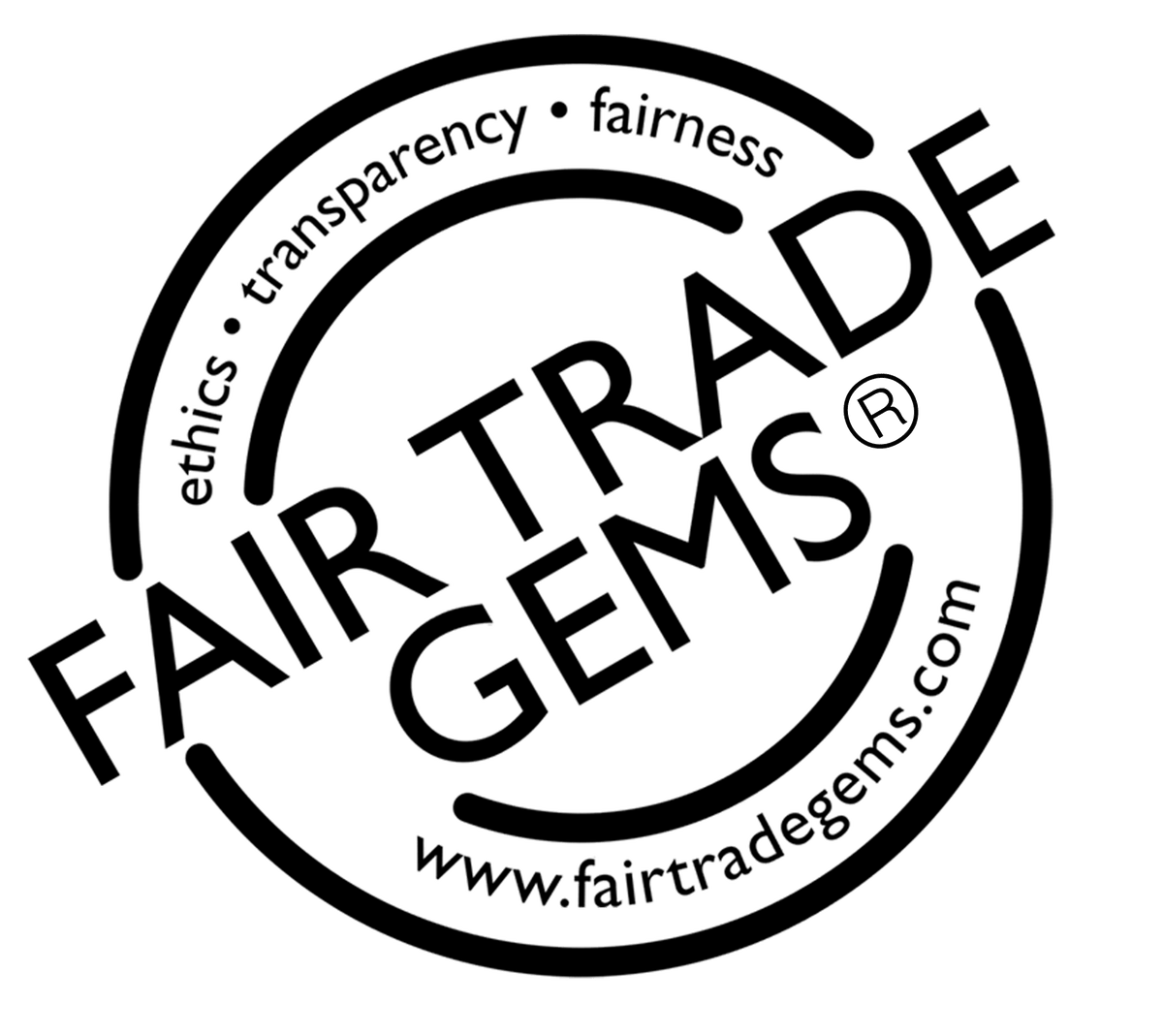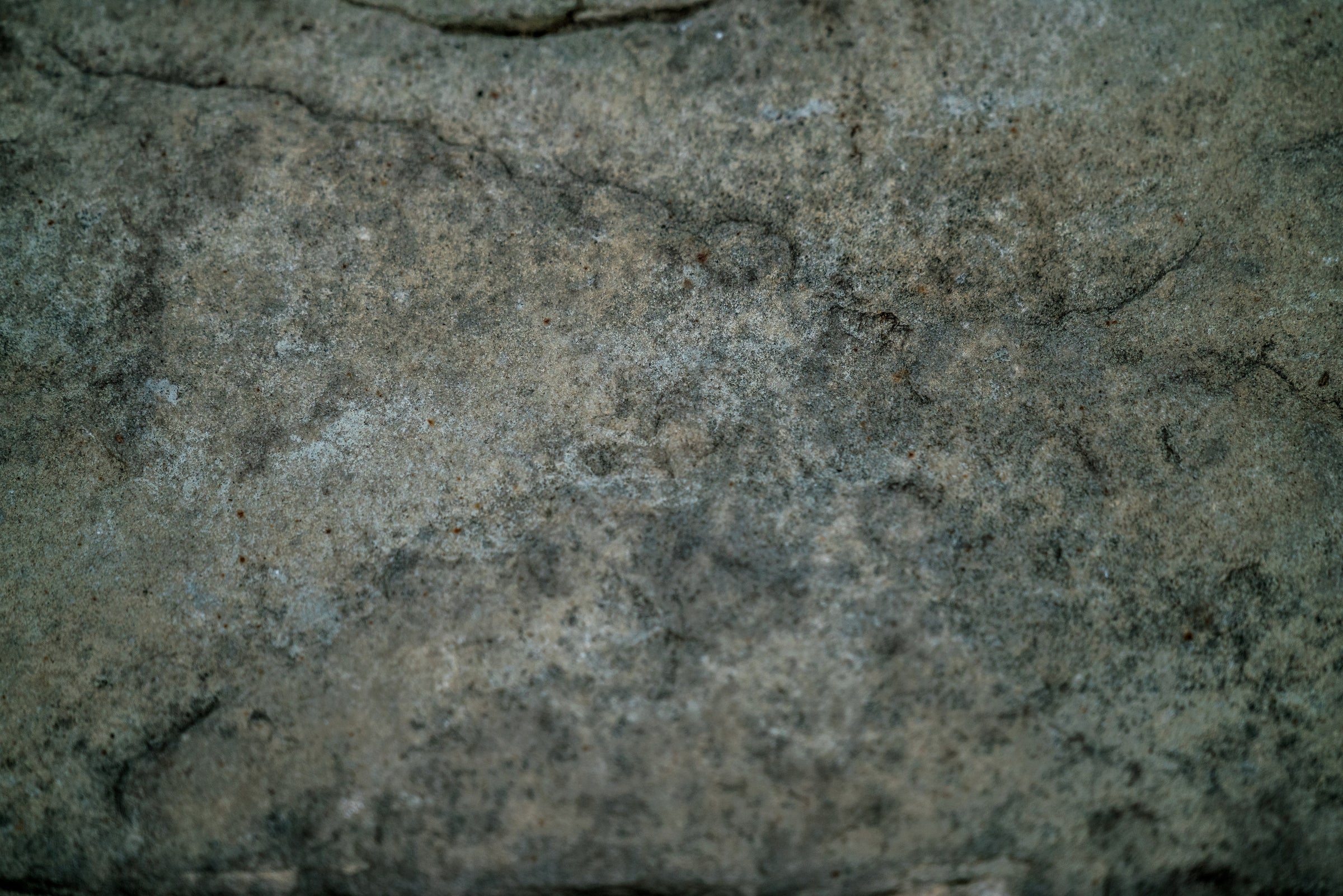The Principles laid out above build the foundation for our Fair Trade Gems® Protocols.
A key part of our Fair Trade commitment is to share the whole story of every gem we sell. From the minute we mine or purchase rough gems, we track each parcel separately with information about its origin. While we’ve done this for 20 years, not all our gems can be identically traced.
This is why we created our Fair Trade Gems® Protocols with Levels One to Five: so you know exactly what we know. Our goal is to push all our gems into a Level One or Two, but as with all worthwhile things – it’s a process.
As a baseline, we only work with suppliers who believe in creating a traceable and supportive supply chain, even if they aren’t completely there yet. Once we know they are committed, we can work with them to improve, step by step. That being said, we never buy rough that is completely undocumented or untraceable. We improve every year by working with suppliers to document the process and make improvements, if needed. Though, many times the process aligns with our Principles & Protocols already, it is just not documented.
Each gemstone we sell is assigned a Fair Trade Gems® Level to communicate with our customers the level of information we know about it. So what does each 'level' mean exactly?


